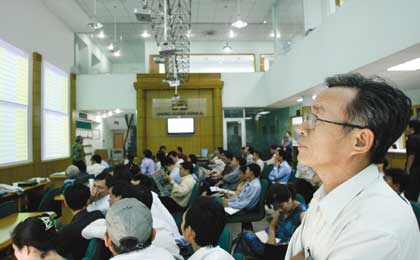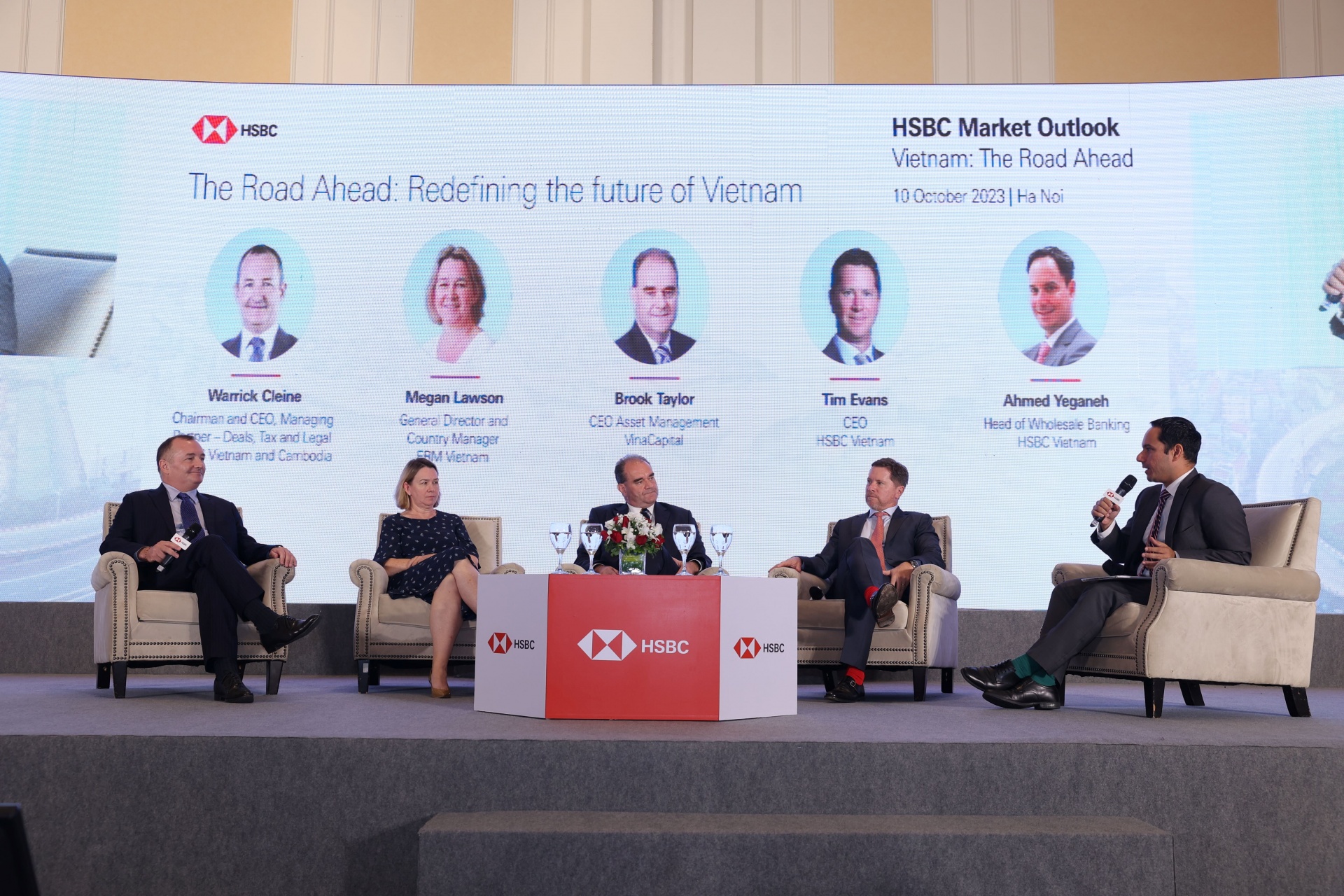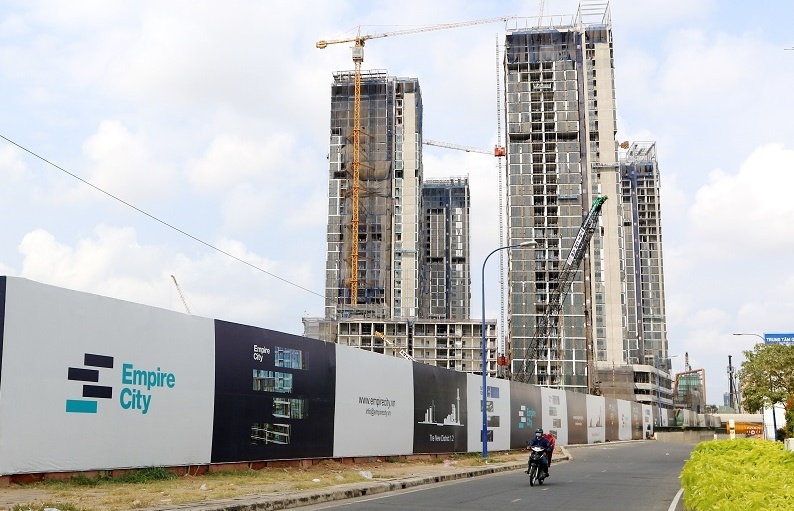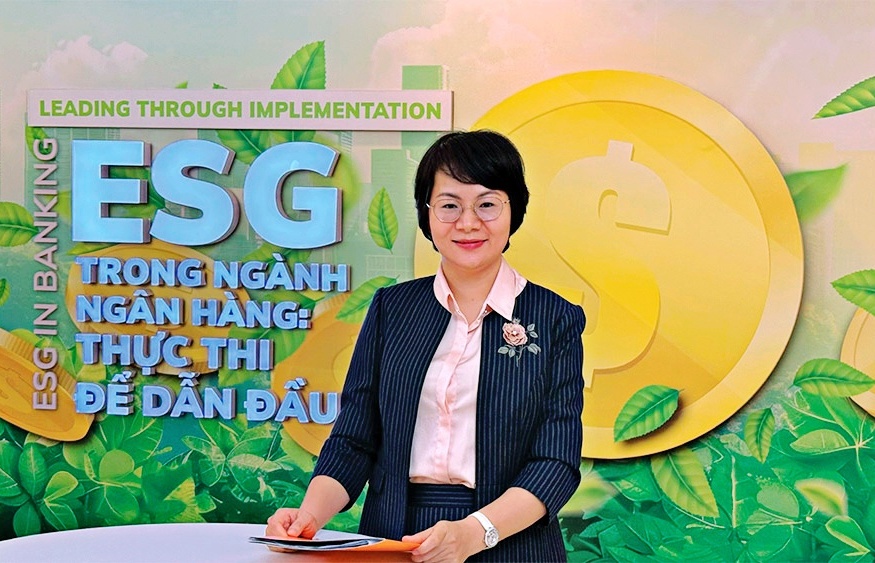Waiting with baited breath
The State Bank on May 20 issued Circular 13/TT-NHNN on safety ratios for credit institutions, requesting all banks raise minimum capital adequacy ratio (CAR) from 8 to 9 per cent from October 1, this year.
The VN-Index closed at 457.58 points on September 17, nearly unchanged from the previous week. However, it has fallen by 10 per cent from 503.55 points on May 20, when Circular 13 was issued.
 |
| Investors will remain introspective while Circular 13 hangs over their heads |
Fiachra MacCana, Ho Chi Minh City Securities Corporation’s (HSC) head of research, said Circular 13 continued to dominate market sentiment and investors were surrounded by rumours that the new regulations would be implemented with or without delays. MacCana said there was no official word on the possible revisions to Circular 13, although the market consensus now suggests only small revisions to be made.
“A dark cloud still hangs over the market. We are still awaiting news on Circular 13. As long as Circular 13 causes the volatility, it will be hard to give any sort of indication for the direction of the index over the coming weeks,” said MacCana.
Analysts with Vietnam International Securities Company (VIS) said although the State Bank had been asked to revise Circular 13, investors had become more cautious on the likely scale of any revisions.
“The bad news now is Circular 13,” said Pham Thanh Binh, PetroVietnam Securities Incorporated’s (PSI) chief analyst, adding that along the oversupply fears, Circular 13 was among reasons behind the market’s recent fall.
Tran Thi Hai Yen, senior analyst with Bao Viet Securities Company (BVS), said BVS believed the impacts of the circular had partly been reflected in recent market movements. “For the time being, we recommend short-term traders keep a watch and see manner to avoid unexpected market movements due to the volatile market,” she said.
In a related development, an HSBC report said Vietnamese valuations are fair, though structural risks remain. Currently, Vietnam trades at the 2009 price to earnings (P/E) ratio of 11.9 with a return on equity (RoE) of 18 per cent. Assuming earnings growth of 25 per cent in 2010, then 2010 P/E is 9.5. This places Vietnam’s valuation above Korea’s (9.2), but cheaper than other ASEAN markets such as Thailand (12.2) and the Philippines (15.4).
What the stars mean:
★ Poor ★ ★ Promising ★★★ Good ★★★★ Very good ★★★★★ Exceptional
Related Contents
Latest News
More News
- Central Bank of Cuba chief visits Hanoi to work with VBSP (November 22, 2024 | 15:49)
- Credit sees steady growth towards year-end (November 21, 2024 | 17:46)
- HDBank wins three titles at Vietnam Listed Company Awards (November 21, 2024 | 10:01)
- VLCA’s corporate governance mission (November 21, 2024 | 10:00)
- The promotion of ESG via banking (November 21, 2024 | 09:32)
- Standard Chartered committed to Vietnam’s financial success (November 21, 2024 | 09:24)
- Full ESG adoption the priority for Agribank (November 21, 2024 | 09:07)
- Banks entice youth with tech advances (November 21, 2024 | 08:00)
- Banks shaping the future as business advisors (November 20, 2024 | 21:00)
- ESG represents a shift towards sustainability for banks (November 20, 2024 | 13:00)




 Tag:
Tag:

















 Mobile Version
Mobile Version